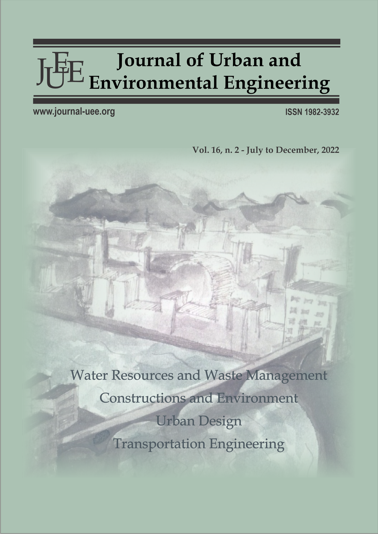TERRITORIAL VULNERABILITY ASSESSMENT, AS A DECISION-MAKING TOOL FOR RISK MANAGEMENT, CASE OF ALGIERS, ALGERIA.
Abstract
Our work aims at assessing the urban vulnerability of territories exposed to multiple major natural hazards by using an integrated cartographic method that is based on a multicriteria analysis. We aim at analyzing the system of territorial vulnerability to major natural hazards, namely: earthquakes, floods and landslides in the eastern part of Algiers bay. Our methodological approach is based on developing a Geographical Information System (GIS), which will integrate the different databases. This will allow us to improve the models of the spatial analysis of vulnerability and to develop a planning tool for decision making in risk management. This article advocates a multidisciplinary framework for territorial vulnerability assessment that links socio-economic conditions (social vulnerability) to physical and environmental conditions (natural hazards) and reduction conditions of urban system (response capacity) that can be adapted to any geographical location in the context of disaster risk reduction. In this regard, our article examines the possibility of integrating social vulnerability, exposure to hazards and response capacity into the analysis of natural risks in Algiers. More specifically, vulnerability indicators were used to assess and map the territorial vulnerability index at the municipal level.Downloads
Download data is not yet available.
Downloads
Published
2021-04-09
Issue
Section
Articles




